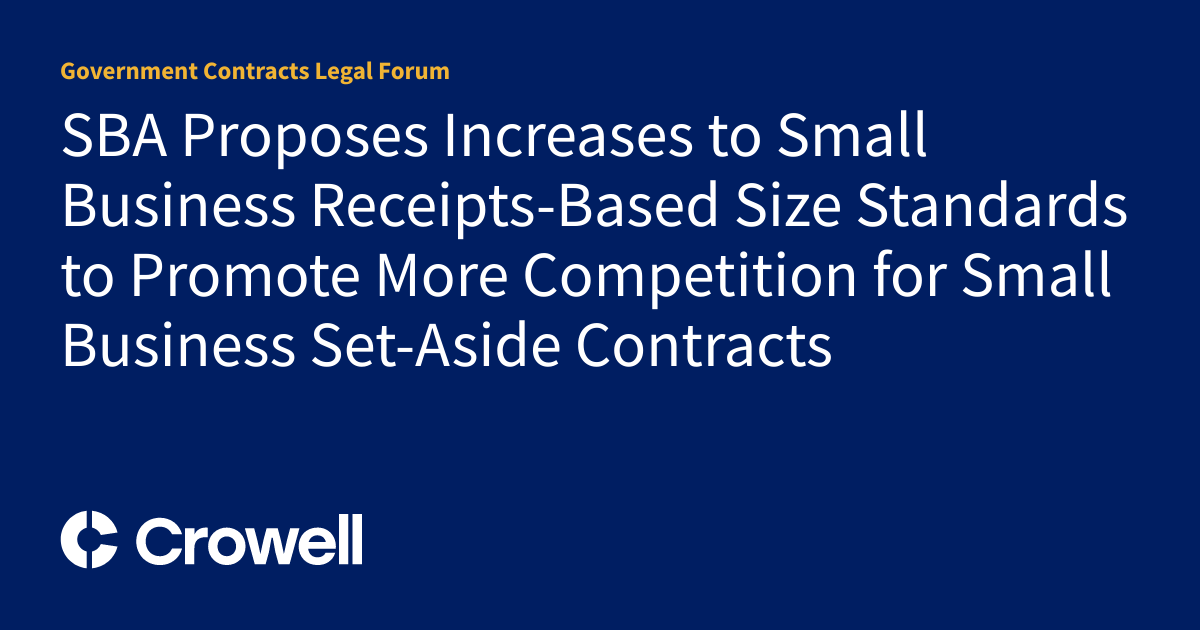Small Business Boost: SBA's Bold Move to Expand Contract Opportunities

In a significant move to support small businesses, the Small Business Administration (SBA) has unveiled a promising proposal that could expand opportunities for entrepreneurs across the United States. On August 22, 2025, the agency released a draft rule aimed at adjusting the size standards for small businesses based on their annual receipts.
This proposed update represents a potential game-changer for many businesses hovering near the current size thresholds. By potentially increasing the receipts-based size standards, the SBA is signaling its commitment to helping growing companies maintain their small business status and continue accessing critical resources and government contracting opportunities.
The proposed rule reflects the SBA's ongoing efforts to adapt to the changing economic landscape and provide meaningful support to small enterprises that are the backbone of the American economy. Entrepreneurs and business owners are encouraged to review the details of this proposed change and consider how it might impact their business classification and future growth strategies.







